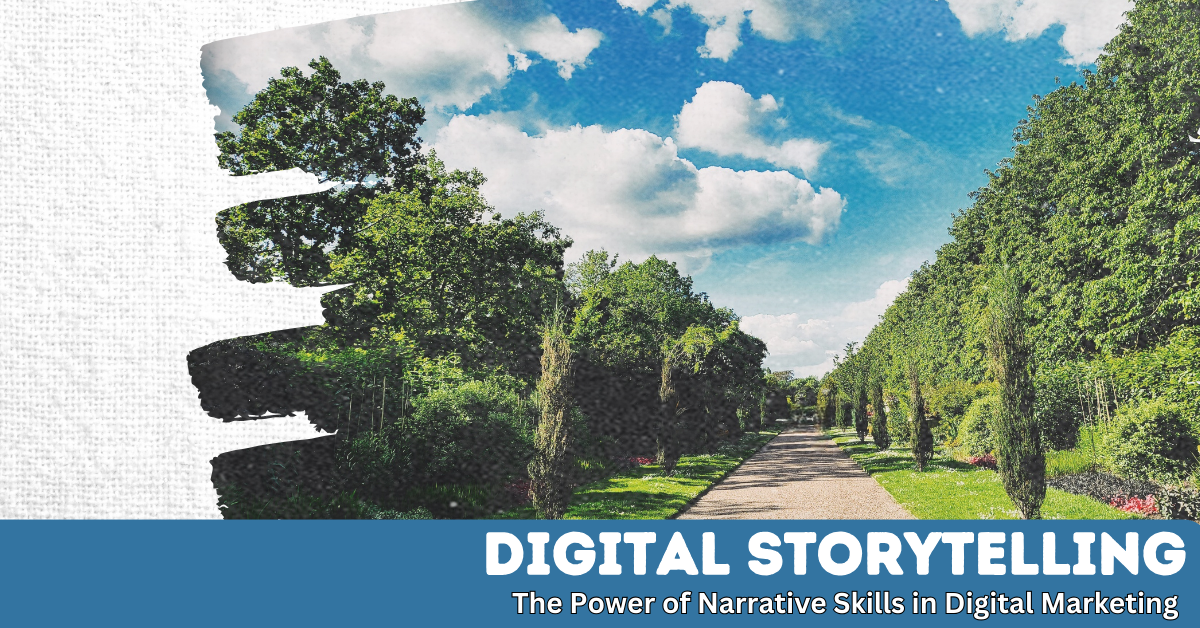I'm currently taking the Google Digital Marketing & E-commerce Professional Certificate course to keep my industry knowledge sharp and support my efforts with Creative Spark Publications. While doing some extra reading, I stumbled upon an intriguing article titled "The Science Behind The Art of Storytelling" (See "Further Reading" below for summary and links)
In short, the article explains how storytelling uses brain chemistry to enhance memory, engagement, and empathy through chemicals like cortisol, dopamine, and oxytocin. This supports the idea that storytelling can build strong connections, influence behavior, and improve communication in various ways.
This got me thinking about how these principles can be applied to digital marketing. Let me share some insights and a little story to bring it all together.
The Foundation: Telling a Story
As a Sales Engineer with a background in digital marketing, I understand the importance of clear and compelling communication. It all started with my demos. With each one, my team and I would sit down for review. After a while, we started to see a pattern, the successful ones were the ones where I used personal stories. From that point on, personal stories or relative ones I picked up along the way helped shape every demo.
As things progressed, I had the opportunity to translate this into a marketing campaign.
Creating these stories has taught me invaluable narrative skills through a process that demands critical thinking and creativity. These skills are essential in any field, but in digital marketing, storytelling is particularly powerful. It helps you connect with the audience on an emotional level, fostering loyalty and engagement. Crafting technical narratives that resonate with potential clients is key to demonstrating the value of complex products and solutions.
A Personal Example: The Power of a Good Story
Let me share a specific story from my experience. A while back, I worked with a network administrator for a school district. Let's call him Tom. Tom had a small team, and his job was to ensure that the various aspects of the school district's network were secure and compliant with numerous regulations and standards. Tom wasn't just dealing with basic IT tasks; he was managing firewall configurations, intrusion detection systems, and ensuring compliance with FERPA (Family Educational Rights and Privacy Act) and CIPA (Children's Internet Protection Act). He had to maintain data encryption protocols and regularly audit network security to protect sensitive student information.
We wanted to capture Tom's dedication and the complexity of his work in our marketing campaign. Instead of just highlighting the technical aspects, we decided to tell Tom's story. We showcased how he safeguarded the network, ensuring that teachers could focus on teaching and students could learn without interruptions. We created a series of posts and short videos featuring Tom's daily routines, his problem-solving skills, and his commitment to keeping the network secure. Most importantly, we highlighted the human challenges he faced.
The response was incredible. People connected with Tom's story on an emotional level and appreciated the behind-the-scenes look at the critical work he was doing. Engagement on social media soared, and the campaign didn't just raise awareness about the value of complete network visibility but also brought in new leads and improved customer retention. This experience reinforced for me the power of storytelling in both demos and marketing campaigns. By making the technical aspects relatable and human, we were able to connect with the audience on a deeper level and convey the true value of Tom's work.
Conclusion
In my experience, building compelling stories requires marketing teams to collaborate closely with support and sales engineers. This collaboration drives innovation by blending diverse perspectives, helping everyone understand the audience better, and aligning the team with the core message so they can communicate it effectively to the audience. This realization has transformed my approach across the board, showing me that storytelling is not just a tool but the heart of effective communication.
Further Reading
Here are the key points from the post on Harvard Business Publishing:
- Neuroscientific Basis: Storytelling engages the brain more effectively than data alone, releasing chemicals like cortisol, dopamine, and oxytocin, which enhance memory, engagement, and empathy.
- Vicarious Experience: Stories allow us to simulate experiences, helping us prepare for real-life situations.
- Emotional Connection: Stories foster deeper connections and understanding by tapping into our emotions.
- Organizational Impact: Incorporating storytelling into organizational cultures and learning programs can enhance engagement, influence, and communication.
Here are the key studies and references cited in the Harvard Business Publishing article "The Science Behind The Art Of Storytelling":
- Leo Widrich: His essay “The Science of Storytelling: What Listening to a Story Does to Our Brains” explores how stories activate various parts of the brain, making the experience more vivid and engaging.
- Lisa Cron: Author of Wired for Story, she explains how stories help simulate experiences and prepare us for real-life situations.
- Uri Hasson: Princeton neuroscientist who discusses how stories activate parts of the brain and help listeners internalize the story as their own experience.
- Neuroscientific Research: Studies on how chemicals like cortisol, dopamine, and oxytocin are released when hearing stories, enhancing memory, engagement, and empathy.
For more details, you can read the full article here.
To gain a deeper understanding of the compliance requirements for educational institutions, consider exploring the following resources:
- FERPA (Family Educational Rights and Privacy Act):
- FERPA Overview - U.S. Department of Education
- This resource provides comprehensive information on FERPA, including how schools can protect student privacy through secure data handling and staff training.
- CIPA (Children's Internet Protection Act):
- CIPA Overview - Federal Communications Commission
- This guide details the requirements for internet safety policies in schools and libraries, including the use of filtering technologies and the development of appropriate online behavior education programs.
